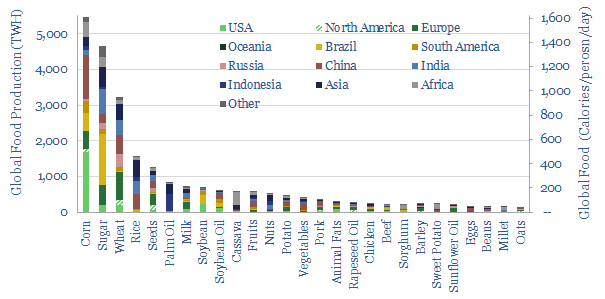
This-data file is a breakdown of world food energy production, by crop, and by major country-region. The source is the excellent and open-source data from the Food and Agriculture Organization….
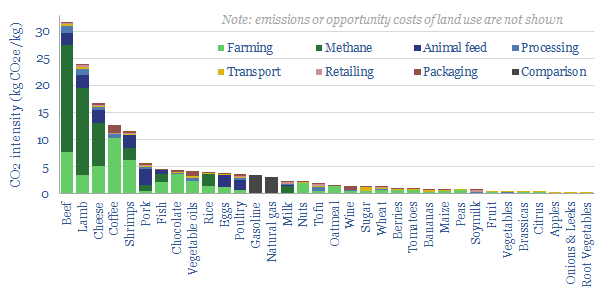
…to present our top ten facts and observations. (1) Food is a form of energy. The average person needs to ingest around 2,000 calories (kcal) per day to maintain their…
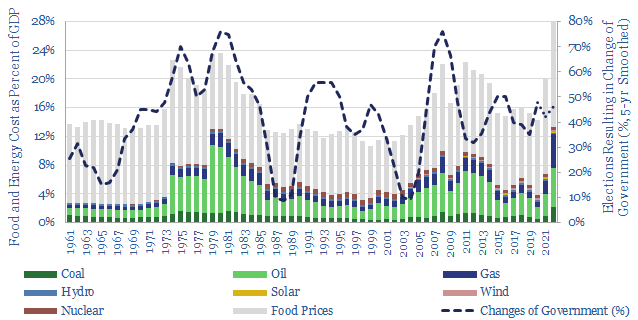
…shifts. Do rising food and energy prices cause revolutions? We looked back at a dozen examples on pages 5-7. Outright revolutions can be triggered by food and energy shortages, per…
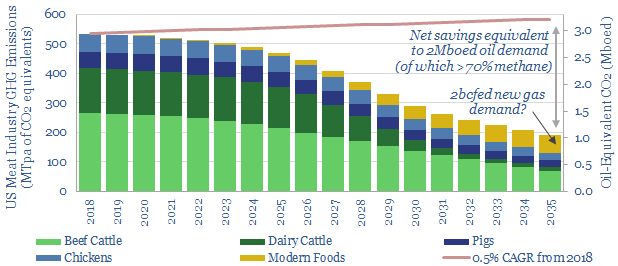
Precision-engineered proteins are on the cusp of disrupting the meat industry, according to an exceptional, 75-page report, published recently by RethinkX. The science is rapidly improving, to create foods with…
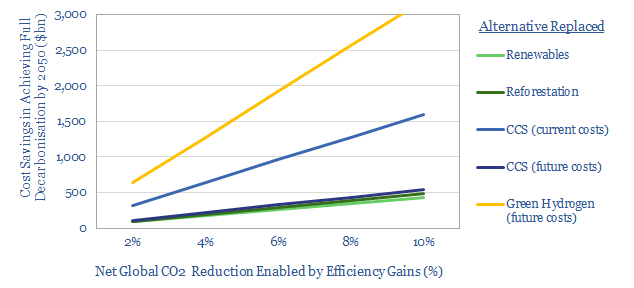
…whether they are consuming energy efficiently when making purchasing decisions. particularly in the food industry, which can comprise up to 30% of an individual’s carbon footprint, at 2.5T of CO2e…
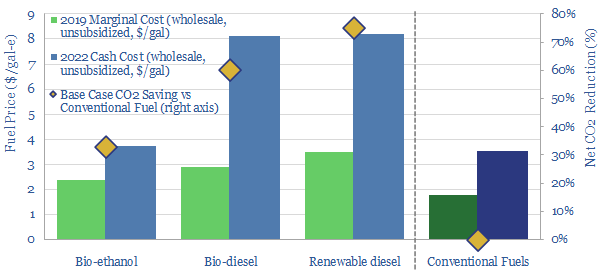
…biofuels. But in practice, there is also a possibility of food shortages in 2022-23. Biofuels are made from agricultural products that are usually in some way fungible with food supplies….

…shortages. This is not a romantic portrayal of pre-industrial civilization, some simpler time “before fossil fuels”. It is a horror show of deficiencies, in lifespans, food, heat, mobility, freight, materials,…
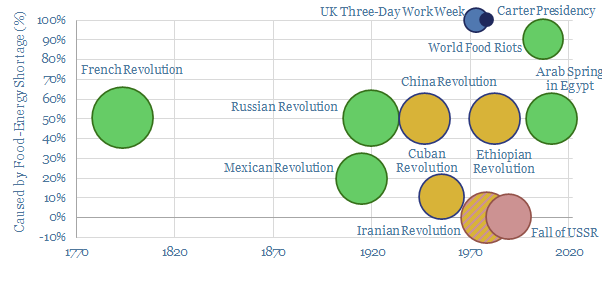
…also explores the links between outright revolutions and food-energy price spikes, reviewing a dozen examples, from the French Revolution to the Iranian Revolution and Arab Spring. Food and energy prices…
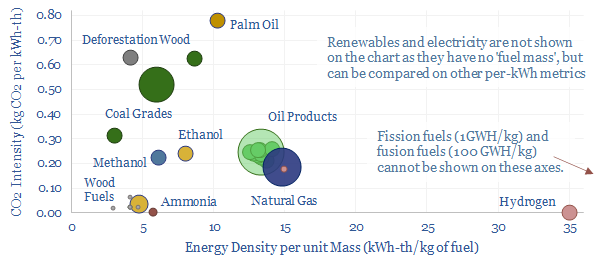
…briquettes, wood pellets, charcoal. A reference for food energy units is given on page 14, converting from calories into kWh, for different food products, within the world’s 10GTpa food production….
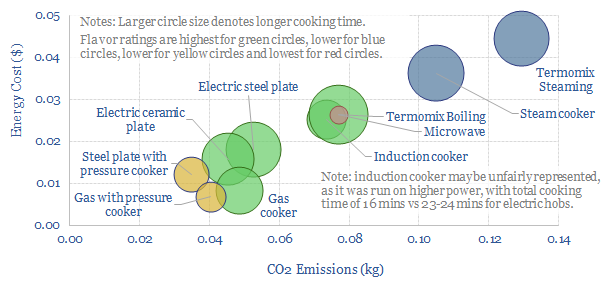
…emissions that whether you are cooking on a gas or electric stove top. Another efficiency question-mark is the risk of over-cooking or burning food. Technically, in these cases, the heater…










